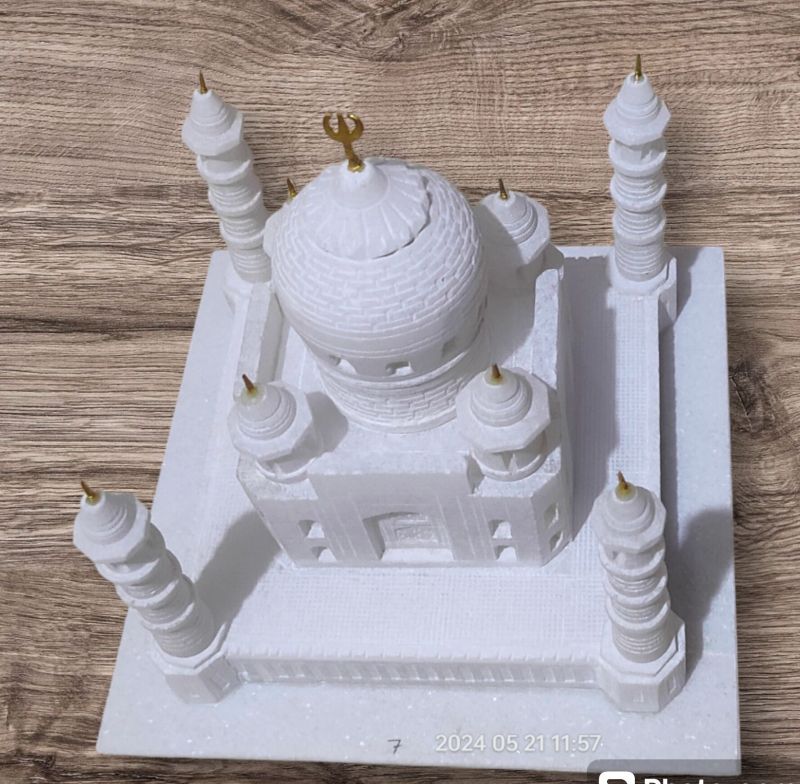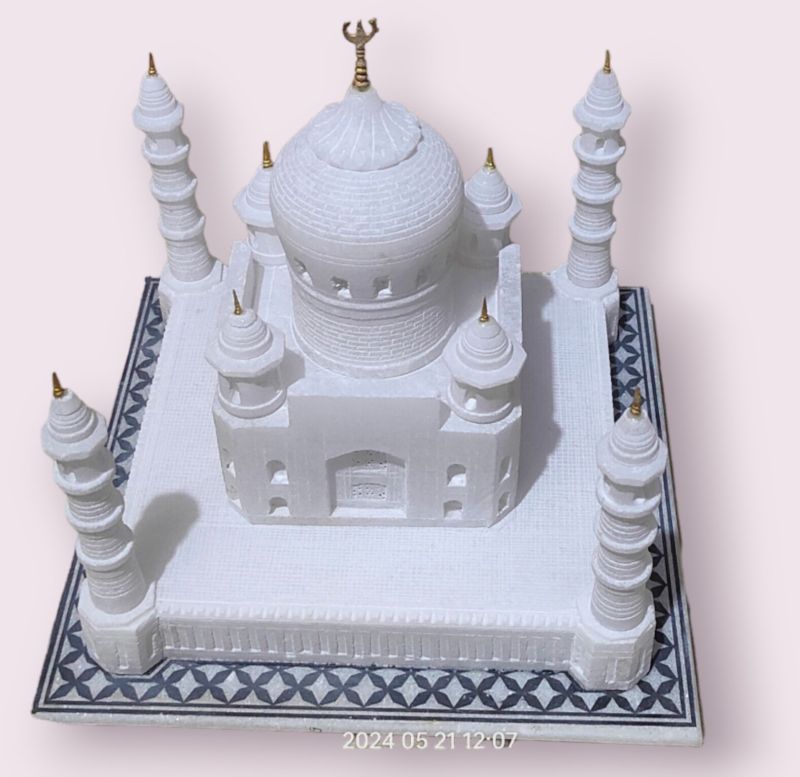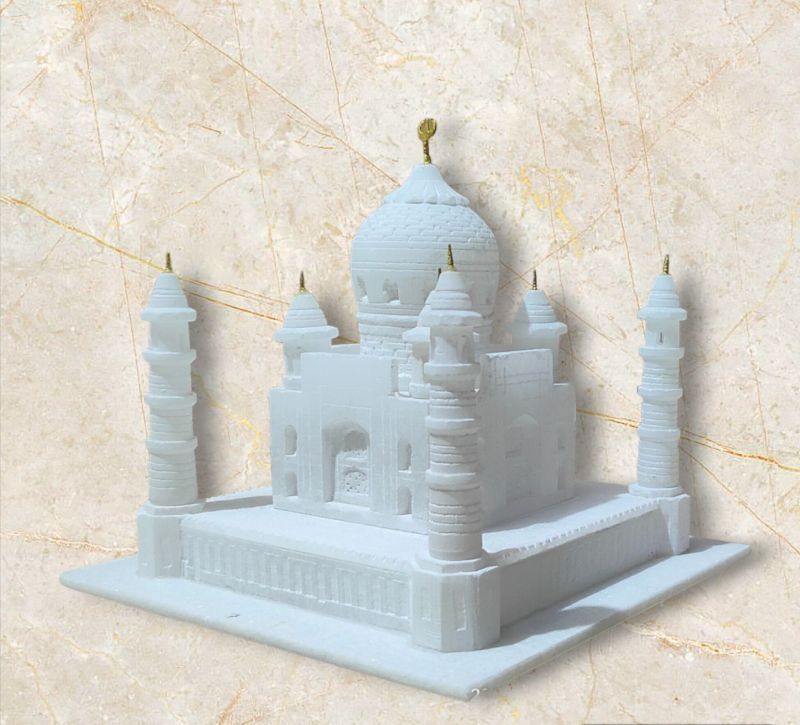Company Information
Ask for more detail from the seller
Contact SupplierThe **Marble Taj Mahal White** is a type of marble renowned for its use in the construction of the Taj Mahal, one of the most iconic landmarks in the world. Here are some key descriptions and characteristics of this marble:
### 1. **Material and Origin**
- **Material**: Marble Taj Mahal White is a high-quality, white marble known for its pristine appearance. It is a natural stone, predominantly composed of calcite.
- **Origin**: This marble is primarily sourced from quarries in Makrana, Rajasthan, India. The same marble was used in the construction of the Taj Mahal in the 17th century.
### 2. **Color and Appearance**
- **Color**: The marble is characterized by its brilliant white color, which can range from a pure white to a slightly creamy or off-white hue.
- **Veining**: It may have subtle veining or flecks in shades of gray or pale cream. However, the veining is typically very fine and understated compared to other types of marble.
### 3. **Finish and Texture**
- **Finish**: Marble Taj Mahal White is commonly polished to a high gloss, which enhances its natural luster and smooth surface. It can also be found in honed or matte finishes for a more subdued look.
- **Texture**: The surface is generally very smooth and even, making it ideal for both aesthetic and practical uses.
### 4. **Applications**
- **Architectural**: Used in high-end residential and commercial interiors, including flooring, wall cladding, countertops, and bathroom surfaces.
- **Decorative**: Often used for decorative pieces such as statues, sculptures, and intricate inlays, reflecting its historical and cultural significance.
### 5. **Durability and Care**
- **Durability**: While marble Taj Mahal White is durable, it is softer and more porous compared to other stones like granite. It requires careful maintenance to avoid scratching and staining.
- **Care**: To maintain its pristine appearance, it should be cleaned regularly with a soft, damp cloth and mild soap. Avoid acidic or abrasive cleaners that can damage the surface. Regular sealing is recommended to protect against stains and moisture.
### 6. **Historical Significance**
- **Cultural Importance**: The marble’s historical significance is highlighted by its association with the Taj Mahal, a UNESCO World Heritage site and a symbol of Mughal architecture.
- **Legacy**: The marble has been celebrated for centuries for its beauty and has influenced the use of white marble in architecture and design globally.
### 7. **Unique Features**
- **Luminescence**: The marble has a unique ability to reflect light, giving it a luminous quality that adds to its elegance.
- **Historical Use**: It’s not just prized for its beauty but also for its historical context, as it was chosen for the Taj Mahal for its quality and aesthetic appeal.
Marble Taj Mahal White is celebrated for its timeless elegance and classic beauty, making it a prized material in both historical and modern architecture and design.







